Highlighting that India’s satellite industry, which currently has a less than 5 per cent share of global space economy, can be a new frontier for national growth with the potential of cornering about 10 percent of the pie worth approximately $ 50 billion in 10 years time, a top satellite industry executive has said.
Bashir Patel, Senior Regional Advisor, INMARSAT and Coordinator GSC (Global Satellite Coalition), speaking at a space conference organized by Satellite Industry Association-India (SIA-India) earlier this week, said the goals could also hugely benefit Indian PM Narendra Modi’s dream of a true digital India.
But for this to happen several regulatory challenges need to be removed with policy tweaks done that would make the regulatory regime industry and investor friendly, including foreign investment.
In his presentation, Patel pointed out some areas where the Indian government needed to work with the industry.
The need for direct engagement, open market access, allowing competition to drive down prices of satellite bandwidth and subsequent services offered, easing of time consuming licensing regime and rationalization of tax layers were some of the changes that the satellite and spacecom industry would highly appreciate, he added.
The two-day virtual conference was a resounding success as it was attended by over 40 speakers, including several top government officials from India’s space agency ISRO, Department of Space and Department of Telecoms. Approximately 400 delegates attended the conference.
Making a case for use of satellite to also provide broadband to augment the underserved Indian rural market specifically, Patel said that cellular, Wi-Fi and satellite were all complementary services — all of them had the same goal of reaching broadband to the Indian masses.
All access technologies, including satellite, mobile, wi-fi and fibre, come with their unique advantages to fulfil national connectivity requirements, Patel said.
Satellites also bring cheaper access to rural and remote areas for projects like BharatNet against alternate technologies like IMT and fibre.
Meanwhile, in a post-conference statement SIA-India said another important suggestion made during the conference was the setting up of a portal that could act as a facilitator between the policy-makers and the start-up industry.
Prakasha Rao, Director, SIPO, ISRO, suggested that SIA-India should create a portal for listing capabilities of the Indian industry in the field of design, development, manufacturing and investment to facilitate interaction amongst the government, start-ups and the satcom industry.
The virtual event saw the leading luminaries and eminent speakers discussing the future role of the satellite industry, especially in the Indian context. Supported by ISRO, the objective of this conference was to provide a platform to various stakeholders to come together and address the critical issues and challenges faced by the satellite industry.
In his opening remark, Dr. Subba Rao Pavuluri, President, SIA-India and CMD of Ananth Technologies Ltd., outlined the importance and future prospects of space technology, especially the Indian satcom ecosystem.
According to Dr Rao, over 500 firms engaged in space technologies, could benefit from these reforms.
In his special address, R. Umamaheshwaran, Scientific Secretary, ISRO, talked about the growth of the satcom industry in India in the last 40 years, which has drastically impacted the lives of the common people.
“Space has the opportunity to play a complementary role for development and growth,” he added.
Dr. AS Kiran Kumar, former Chairman ISRO and Secretary, Department of Space, emphasized the larger participation of private and global players to fulfil the need and demand for the satcom industry’s overall growth in India.
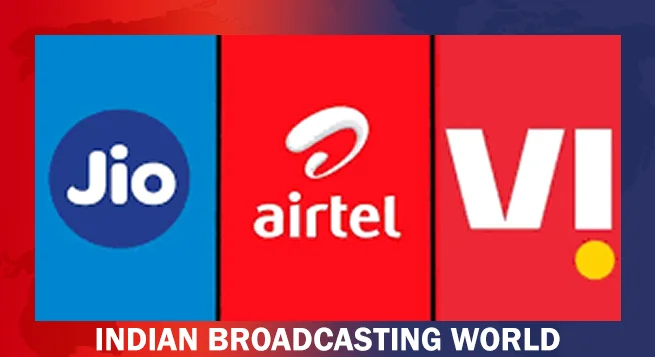 Jio, Airtel, Vi witness subs losses in Sept: TRAI data
Jio, Airtel, Vi witness subs losses in Sept: TRAI data 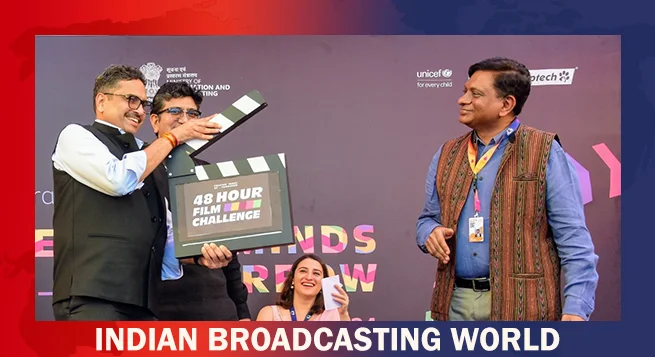 Expanded Creative Minds of Tomorrow edition inaugurated at IFFI
Expanded Creative Minds of Tomorrow edition inaugurated at IFFI  ZEEL’s Punit Goenka steps down as MD, retains role as CEO
ZEEL’s Punit Goenka steps down as MD, retains role as CEO 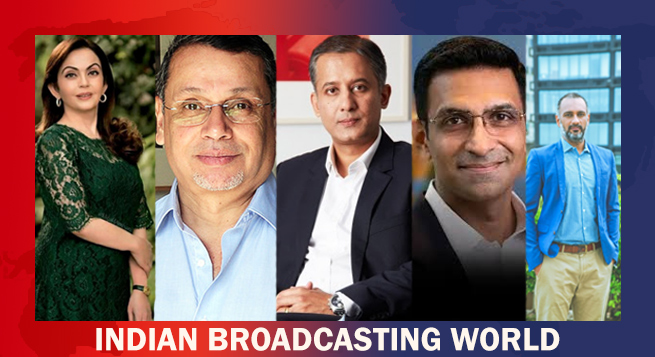 Kevin Vaz, Kiran Mani, Sanjog Gupta to head 3 verticals of JioStar
Kevin Vaz, Kiran Mani, Sanjog Gupta to head 3 verticals of JioStar  WBD elevates Deepa Sridhar to Senior Director – Corporate Communications, South Asia
WBD elevates Deepa Sridhar to Senior Director – Corporate Communications, South Asia 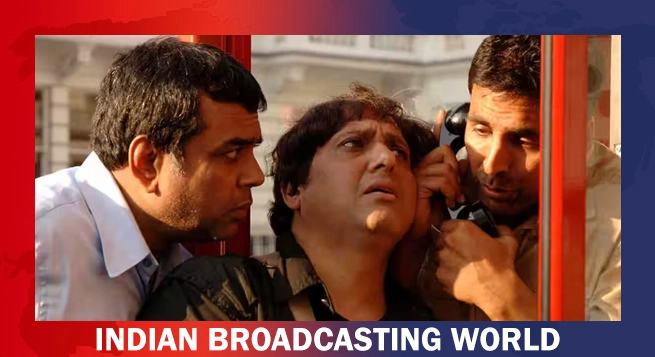 ‘Bhagam Bhag 2’ returns after 18 years
‘Bhagam Bhag 2’ returns after 18 years 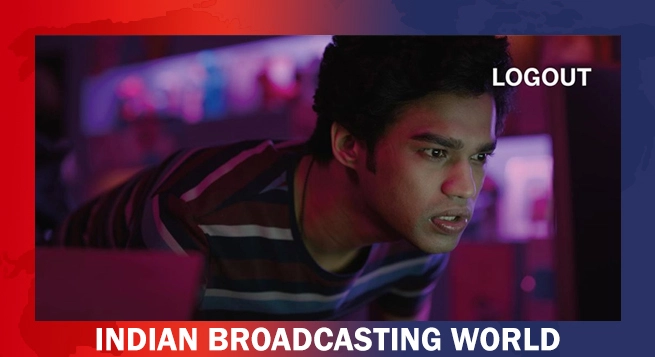 Babil Khan’s ‘Log Out’ to premiere at Argentina’s Mar del Plata International Film Festival
Babil Khan’s ‘Log Out’ to premiere at Argentina’s Mar del Plata International Film Festival  Tips Music presents ‘Love Garage’
Tips Music presents ‘Love Garage’  Fox, Hulu ink $1.5bn streaming content partnership
Fox, Hulu ink $1.5bn streaming content partnership 








